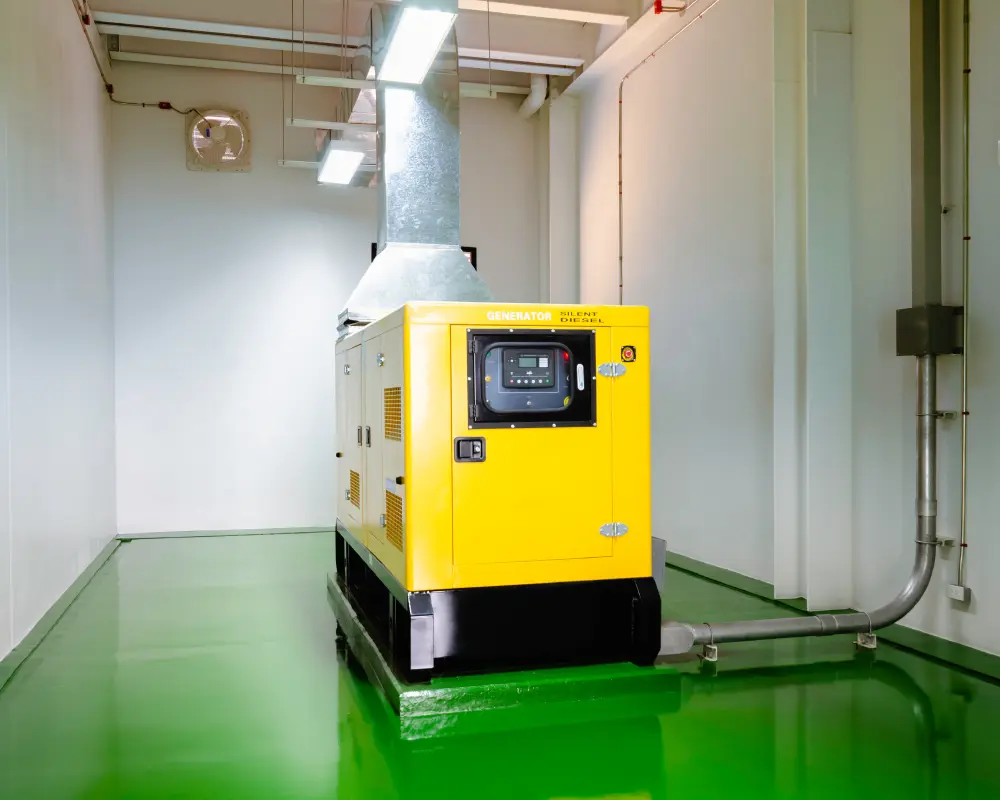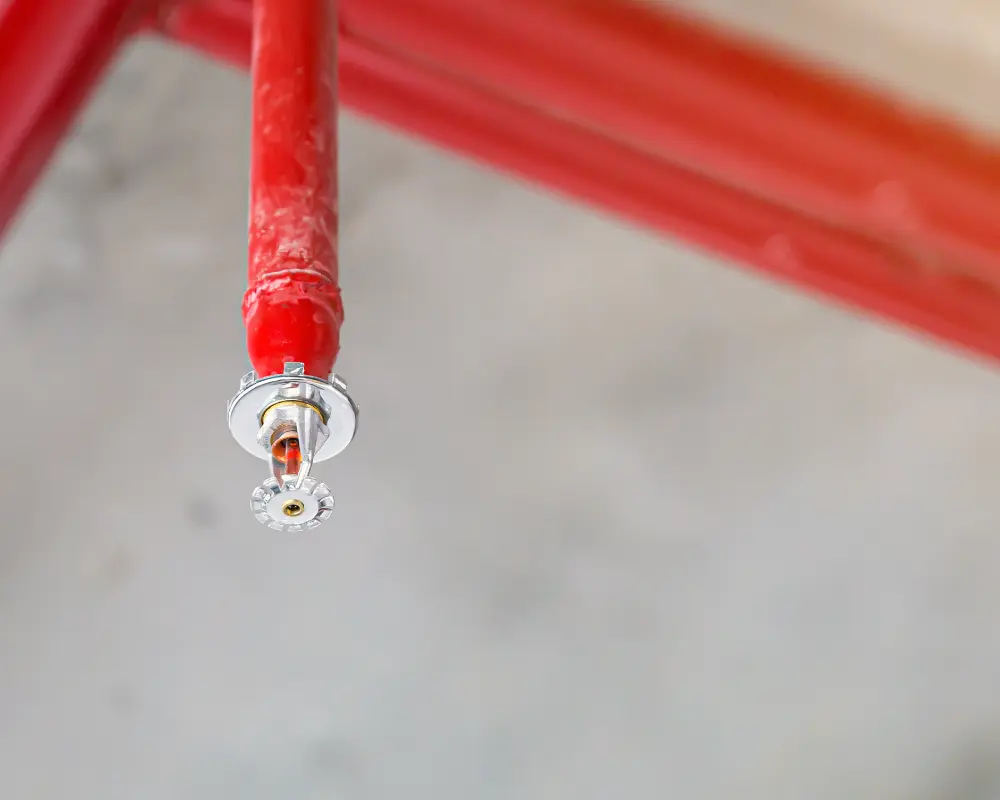
Introduction to Motion Detectors
Motion detection systems are essential for enhancing security in business properties. These systems detect movement within a specified area and trigger alerts or actions, such as turning on lights, sounding alarms, or recording video footage. Motion detectors offer a reliable way to monitor premises, deter intruders, and respond quickly to security breaches. Understanding the different types of motion detection available helps businesses choose the most suitable systems for their needs.
Passive Infrared (PIR) Motion Detectors
Passive Infrared (PIR) motion detectors are widely used in business properties due to their reliability and cost-effectiveness. These detectors sense infrared energy emitted by objects in their field of view. When a warm object, such as a person, moves within the detection area, the sensor triggers an alert. PIR motion detectors are commonly used in motion detector lights and motion sensor alarms. These detectors are effective in both indoor and outdoor environments, providing robust security coverage.
Microwave Motion Detectors
Microwave motion detectors use microwave pulses to detect movement. These detectors emit microwave signals and measure the reflection of these signals from moving objects. Changes in the reflected signal indicate movement, triggering the detector. Microwave motion detectors can cover a larger area compared to PIR detectors and are less affected by environmental factors such as temperature changes. These detectors are often integrated into motion detector cameras for enhanced security monitoring.
Ultrasonic Motion Detectors
Ultrasonic motion detectors operate by emitting ultrasonic sound waves and detecting changes in the wave patterns caused by moving objects. These detectors are highly sensitive and can detect even slight movements. Ultrasonic motion detectors are suitable for indoor applications where precise movement detection is required. They are often used in areas where silence is crucial, as the ultrasonic waves are inaudible to humans. These detectors can be part of motion sensor alarm systems, providing an extra layer of security.
Dual Technology Motion Detectors
Dual technology motion detectors combine two detection methods, typically PIR and microwave, to reduce false alarms and enhance detection accuracy. These detectors require both sensors to be triggered simultaneously before activating an alarm. This dual verification process minimizes false alarms caused by non-threatening factors such as temperature changes or small animals. Dual technology detectors are ideal for high-security areas where accuracy and reliability are paramount. They are commonly found in motion detector lights and motion detector cameras.
Video Motion Detection
Video motion detection systems use cameras to monitor a specified area and detect movement through video analysis. These systems analyse the video feed for changes in pixel patterns that indicate movement. Video motion detection is highly versatile and can be configured to detect specific types of motion, such as human movement, while ignoring non-threatening motion like swaying trees. These systems are integrated into motion detector cameras, providing real-time video monitoring and recording capabilities.
Wireless Motion Detectors
Wireless motion detectors offer flexibility and ease of installation, as they do not require extensive wiring. These detectors communicate with a central control panel via radio signals. Wireless motion detectors are ideal for business properties where installing wired systems may be challenging or costly. These detectors can be part of a comprehensive security system, including motion detector lights, motion sensor alarms, and motion detector cameras. Wireless technology ensures that the system remains connected and operational even in complex layouts.
Smart Motion Detectors
Smart motion detectors are integrated with smart home and business security systems, allowing remote monitoring and control via smartphones or other connected devices. These detectors can be programmed to trigger specific actions, such as turning on lights, locking doors, or sending alerts to security personnel. Smart motion detectors enhance the overall security infrastructure by providing real-time information and remote management capabilities. These detectors can be part of a motion sensor alarm system or integrated into motion detector cameras for comprehensive security solutions.
Outdoor Motion Detectors
Outdoor motion detectors are designed to withstand harsh environmental conditions and provide reliable performance in outdoor settings. These detectors are typically equipped with weather-resistant casings and advanced sensors to detect movement accurately. Outdoor motion detectors are commonly used in motion detector lights to illuminate areas such as parking lots, entrances, and perimeters. These detectors enhance security by deterring intruders and providing visibility in outdoor areas.
Indoor Motion Detectors
Indoor motion detectors are tailored for use within buildings and are often more sensitive to slight movements. These detectors can be installed in various locations, including offices, hallways, and storage areas. Indoor motion detectors are essential components of motion sensor alarm systems, providing immediate alerts in case of unauthorised access or movement. These detectors ensure that all areas within a business property are monitored and secure.

Why Choose Vale Fire & Security for Motion Detection?
Vale Fire & Security offers a comprehensive range of motion detection solutions tailored to the unique needs of business properties. The company’s expertise in security systems ensures that each installation is customised for optimal performance and coverage. Vale Fire & Security provides high-quality motion detector lights, motion detector cameras, and motion sensor alarms that integrate seamlessly into existing security infrastructures.
Vale Fire & Security uses state-of-the-art technology to deliver reliable and effective motion detection systems. The company’s dual technology detectors and video motion detection systems provide enhanced accuracy and reduced false alarms. Wireless and smart motion detectors offer flexibility and remote management capabilities, ensuring that businesses can monitor and control their security systems from anywhere.
The professional installation and maintenance services offered by Vale Fire & Security ensure that motion detection systems remain operational and effective. Regular maintenance and testing help identify and address potential issues, ensuring continuous protection. The company’s commitment to customer satisfaction and safety makes it the ideal choice for comprehensive motion detection solutions.
Vale Fire & Security’s team of experienced technicians provides expert advice and support throughout the entire process, from initial consultation to installation and ongoing maintenance. This dedication to service excellence ensures that businesses receive the best possible security solutions tailored to their specific requirements.
Choosing Vale Fire & Security for motion detection solutions ensures that businesses benefit from advanced technology, professional installation, and reliable performance. The company’s extensive range of motion detection systems, including motion detector lights, motion detector cameras, and motion sensor alarms, provides comprehensive security coverage for any business property.
Follow us on Facebook and LinkedIn, or read more posts here.








